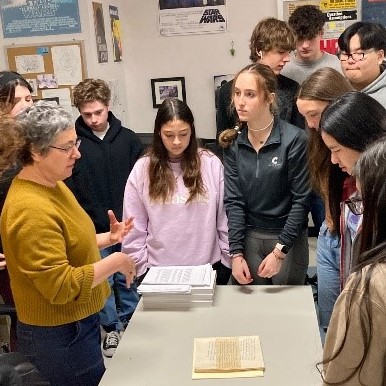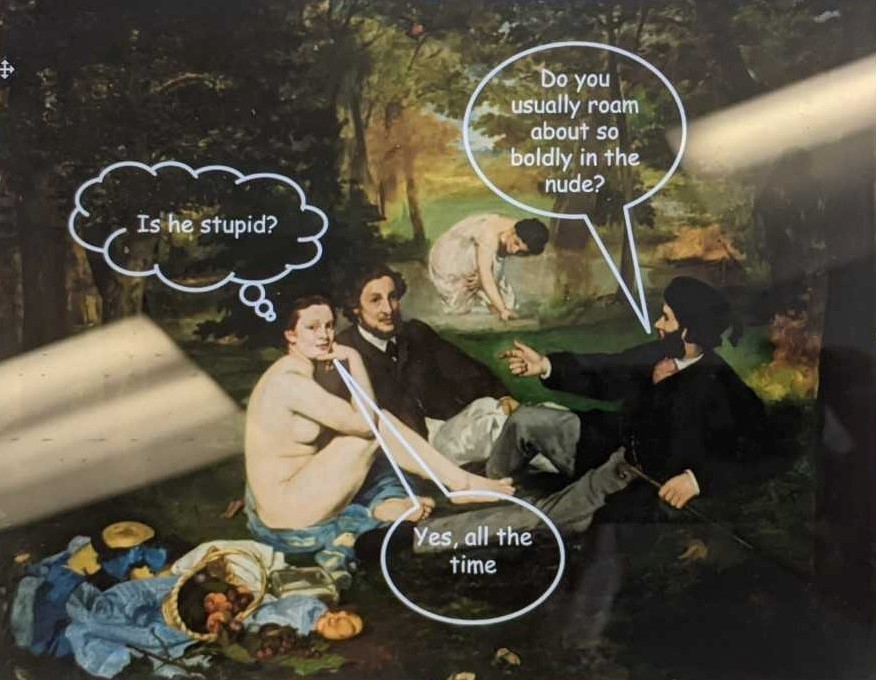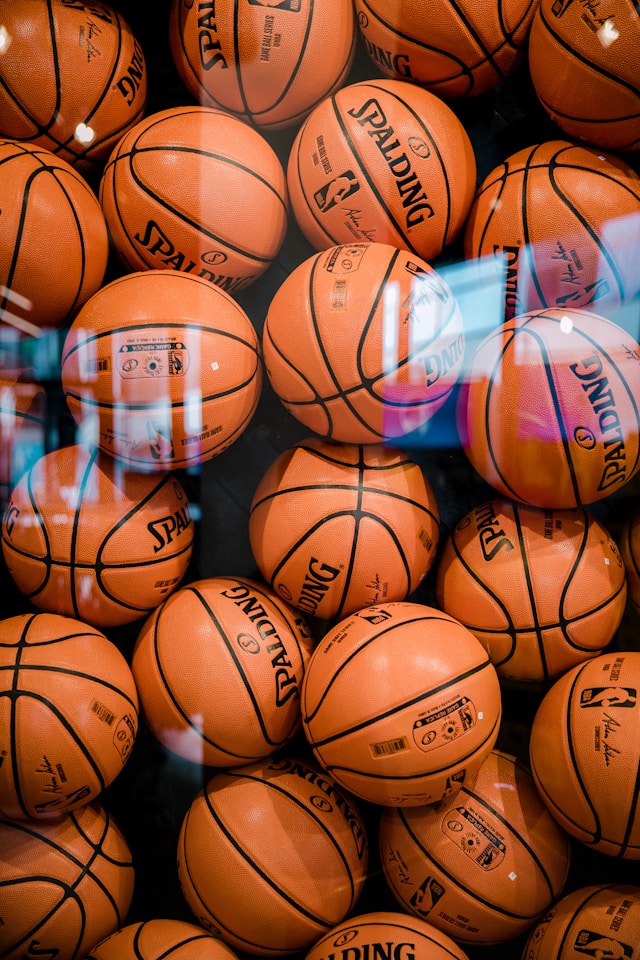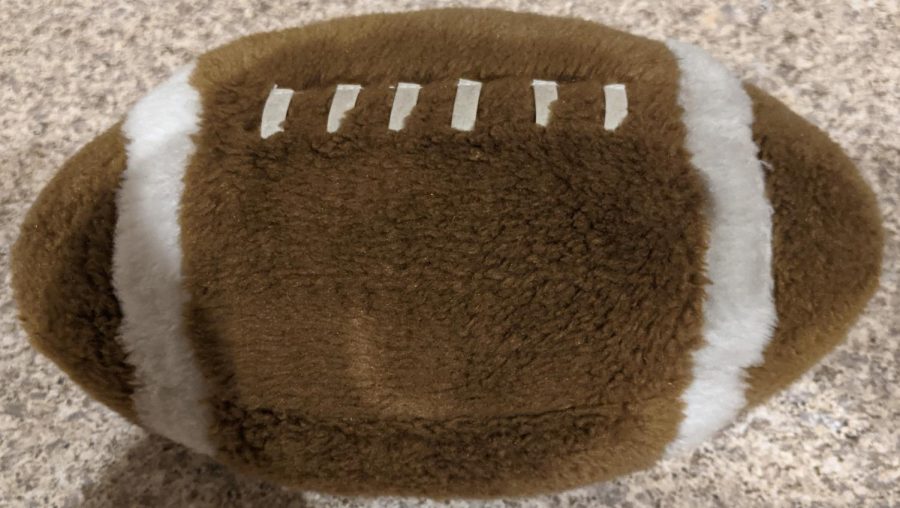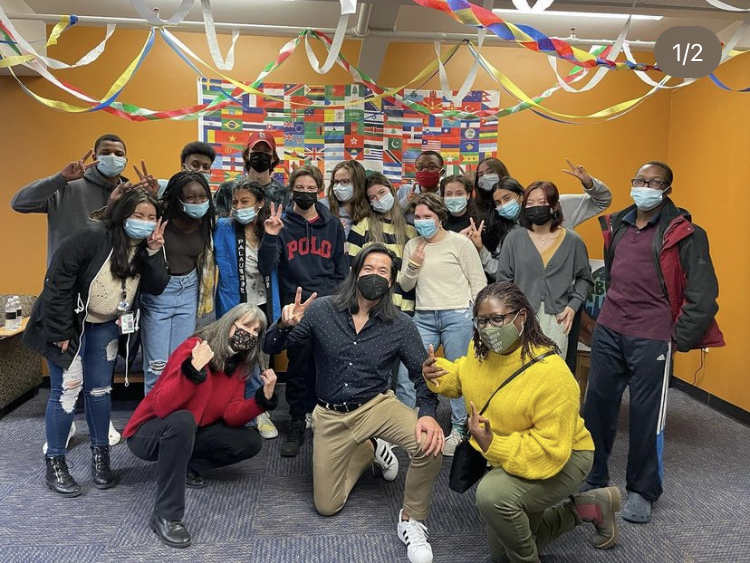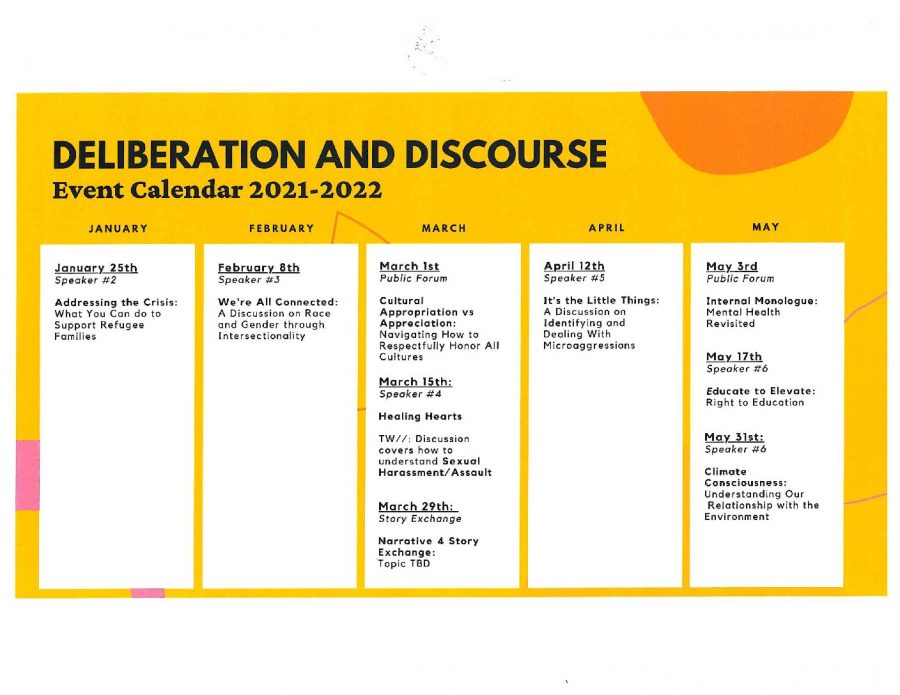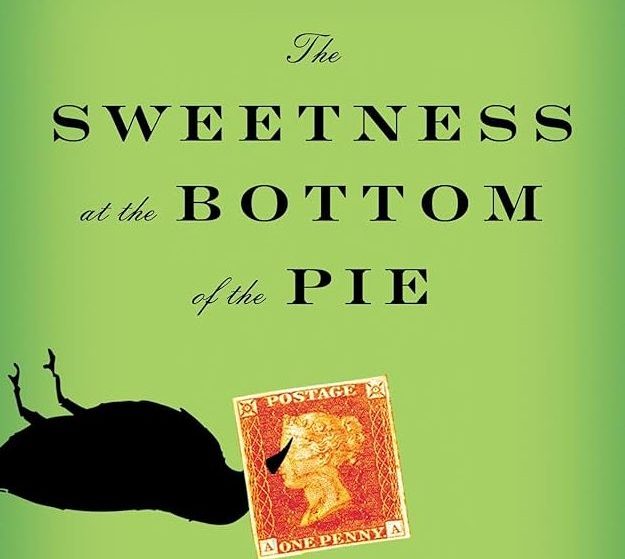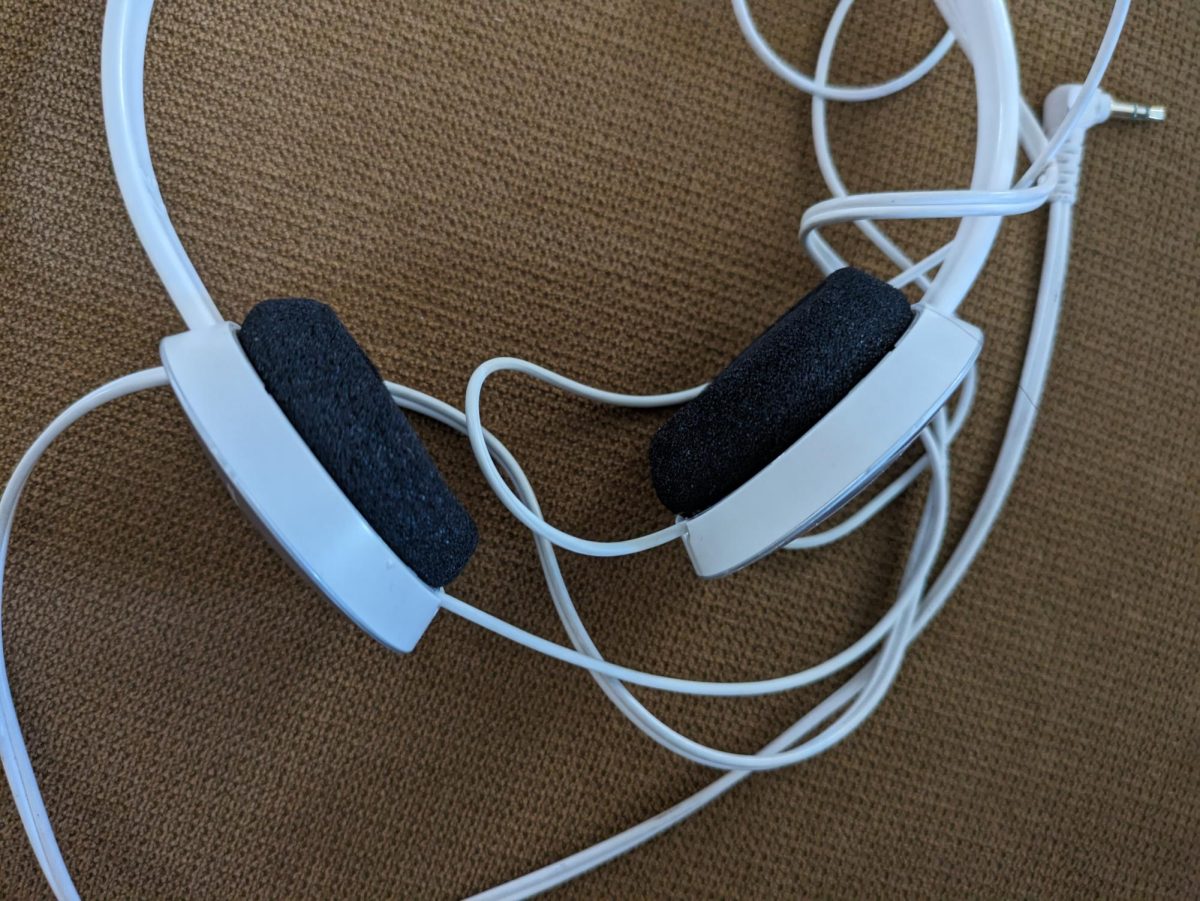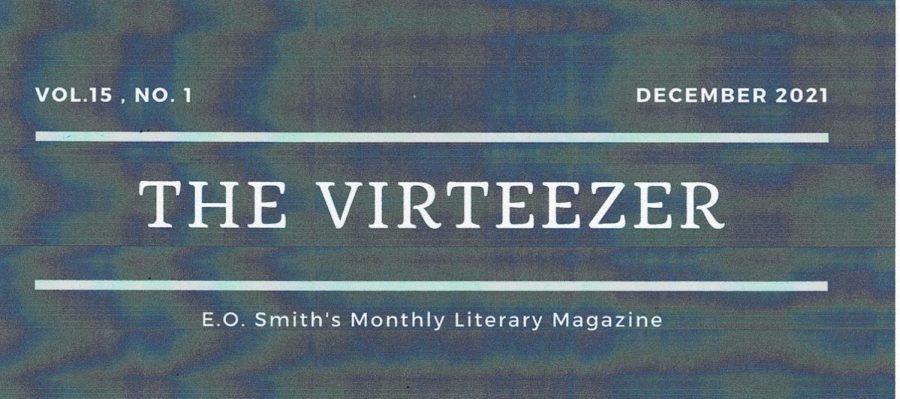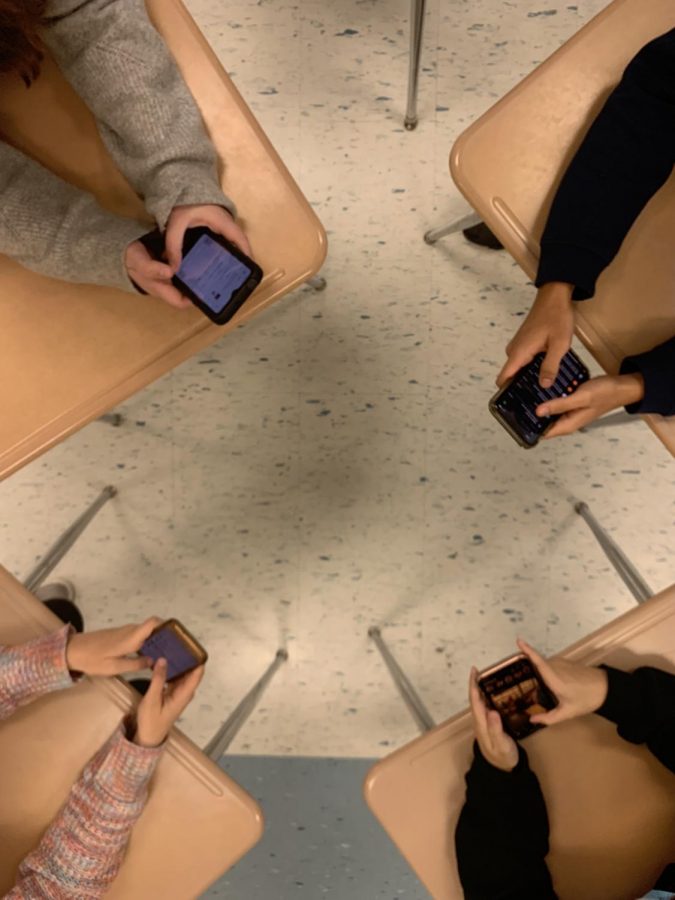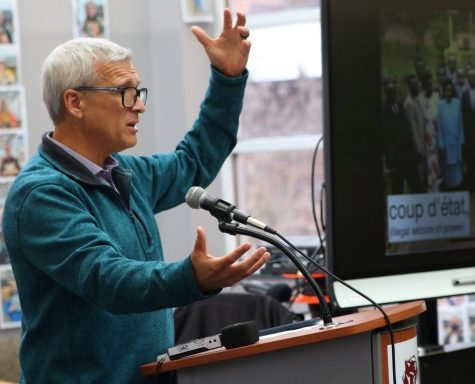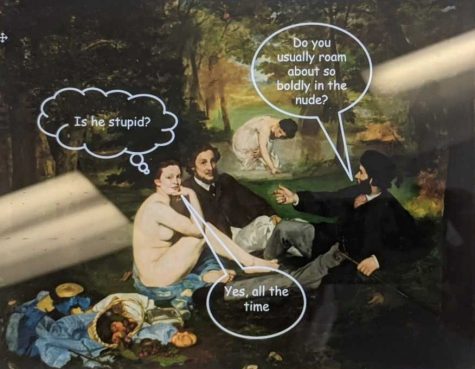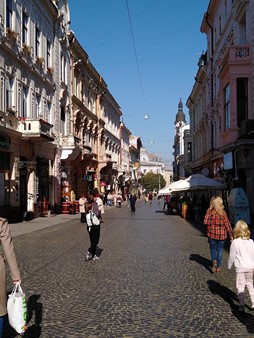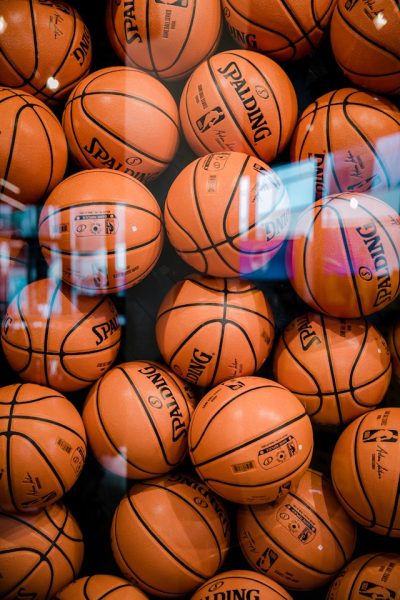Social Media’s Impact on Reputation
An Insight into the Social Hierarchy Online
Students are spending more time on social media, influencing their self-worth.
December 2, 2021
For high schoolers, there has and always will be a pressure to maintain a pristine reputation. As adolescents age, the social hierarchy that can be found in any of John Hughes’ movies coalesces into a regimented classification of people with ‘good’ or ‘bad’ reputations. In order to successfully move to the top of the hierarchy – and gain a better reputation – one must conform to certain societal standards. While this is true, the reputation of oneself will be tied to how one is treated by peers. Thus, reputation can be the grounds for the entirety of social life – at least in high school.
With the volatile addition of social media, reputation undertakes an entirely new facet. Now, the perception of a personality occurs in crafted and calculated profiles designed to project a life that is almost never truly lived by the owner of the account. Online judgements are not in the first-person, but rather received through a filtered lens in which one’s social media accounts can be critically dissected to assume any and all factors of the user. Instead of previous notions of set ‘good’ and ‘bad’ features that can be ascertained through personal experiences, there is now a social rubric of what should and should not be posted that one must check in order to attain a ‘good’ reputation on the internet.
A visual ethnography by researchers at the University of Antwerp asked young people to create social media accounts of fake people with ‘good’ and ‘bad’ reputations. Researchers found that what makes someone have a ‘good’ reputation online was “having a positive attitude, volunteering, and supporting left-liberal activism.” Although these traits presented offline would still be seen as ‘good’ the fact is that one is not always acting in such a ‘good’ way as one appears to be online. Another common trait that the ‘good’ profiles shared was the number of followers on one’s account; if a person had numerous followers then that individual was considered cooler than those with less followers. In reality, the people who keep up with the goings-on of life would be considered friends, but online these people are simply numbers designed to make individuals feel better or worse about themselves.
Reputations deemed as ‘bad’ online were anything that strayed from what was considered ‘good.’ Posts including more risqué themes, accounts that were anonymous, pictures that were poorer quality, and a general disregard for societal norms online were all attributes of the ‘bad’ social media accounts. If one decides to be authentic, or even strays from the preconceived ‘good’ reputation, they are then deemed less cool. A trait which normally one would be able to shed post-high school might now follow an individual for the rest of one’s life through the form of a digital footprint. Social media has now made it so that one wrong click on the ‘send’ or ‘post’ button could end careers, friendships, and reputations.
High schoolers are dealing with a more damaging hierarchy of reputation than ever before. The consequence of this is a more anxious generation. In her essay “The I in the Internet”, The New York Times journalist Jia Tolentino writes in her book Trick Mirror, “Even as we became increasingly sad and ugly on the internet, the mirage of the better online self continued to glimmer.” Social media platforms have capitalized on this vulnerability, imposing the idea of constant change for the view of others, and exploited the self-esteem issues already present in teenagers. In order to successfully restore confidence in the youth generation, there must be proactive education on the harmful effects of social media.


